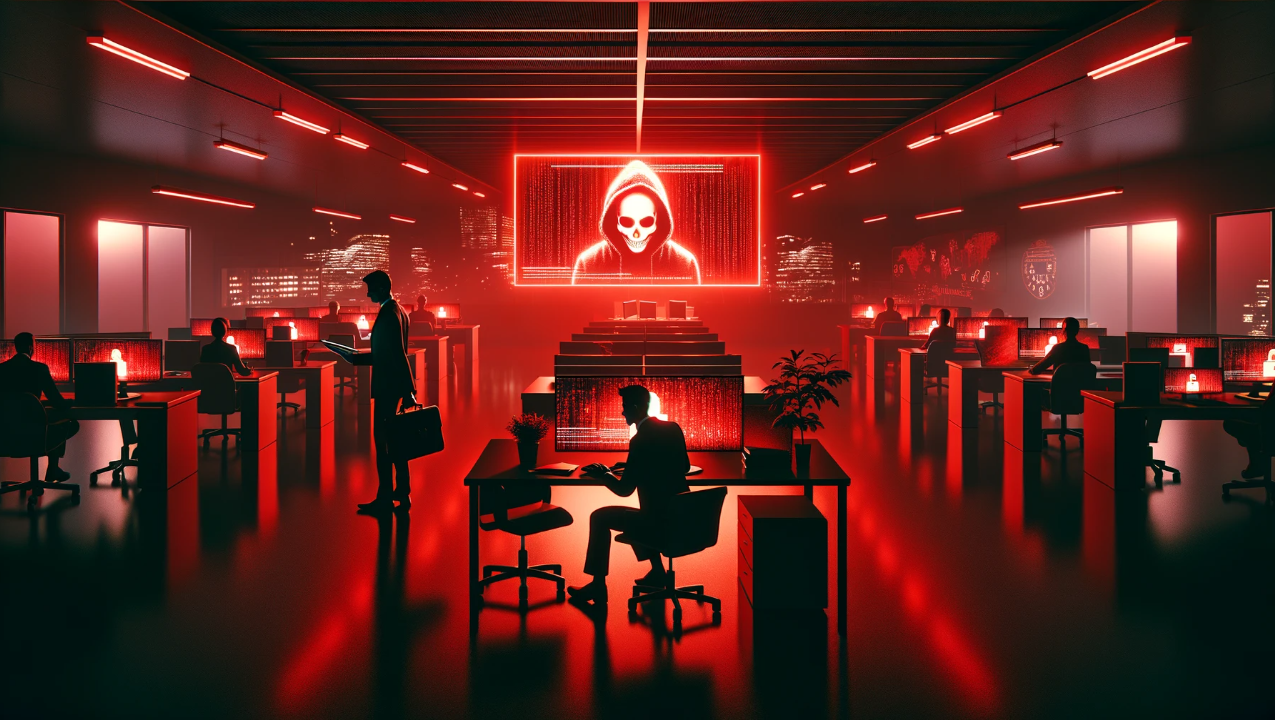In an era where cyber threats loom larger and more complex than ever, organizations find themselves at a crucial juncture in their approach to cybersecurity. The findings from a recent survey conducted by Hitachi spotlight the critical challenges and shifting paradigms in the domain of cyber defense, emphasizing the growing significance of identity-based security models. This analysis delves into the key insights from the survey, underscoring the pivotal role of the Bravura Security Fabric in fortifying organizations against both internal and external cyber threats.
The Dual Threat: Internal vs. External
One of the standout revelations from the survey is the nuanced perception of threat sources within organizations. While a certain segment (36%) expresses heightened concern over external threats, a majority (53%) acknowledges an equal worry about threats originating from both inside and outside the organization. This dual threat landscape underscores the necessity for a comprehensive security strategy that addresses all potential vulnerabilities, an area where the Bravura Security Fabric excels by offering a unified platform for identity, privileged access management, threat detection, and password management.
The Insider Threat and Ransomware Attacks
Ransomware, a prevalent form of cyberattack that has been making headlines for its high-profile impacts, is evolving with a disturbing trend: the insider threat. The survey reveals a significant 17% increase in employees and executives being approached to aid in ransomware attacks, predominantly through email. This alarming rise underscores the importance of not only external defenses but also robust internal safeguards and awareness programs to combat these insider-assisted threats.
Preparedness and Perception
Despite the rising tide of ransomware threats, there’s a mixed sense of preparedness among organizations. Approximately 51% of executives feel moderately prepared to prevent ransomware attacks, yet reliance on perimeter defense—a strategy focusing on defending the borders of the network—remains predominant. This approach, however, might not be sufficient in the face of sophisticated attacks that exploit internal vulnerabilities or leverage insider assistance.
Reporting and Response to Incidents
An encouraging aspect of the survey is the responsiveness to ransomware attacks, with 49% of those approached by hackers reporting the incident to federal law enforcement. However, the decision to pay ransoms remains complex, with a significant portion opting not to disclose their course of action. This reticence highlights the ongoing debate and the need for clear guidelines and support for victims of ransomware.
Cybersecurity Investments Amid Insurance Coverage
Interestingly, the presence of insurance coverage for ransomware does not deter organizations from investing in cybersecurity measures. A majority continue to bolster their defenses, underscoring the recognition that insurance is but one component of a comprehensive risk management strategy. This proactive stance is critical in an environment where cyber threats are continually evolving and becoming more sophisticated.
Conclusion: The Imperative for a Unified Security Approach
The insights from the Hitachi survey illuminate the multifaceted nature of cybersecurity challenges facing organizations today. The rising insider threat, the nuanced perceptions of preparedness, and the complex decisions surrounding ransomware responses highlight the need for an integrated and proactive approach to cybersecurity. The Bravura Security Fabric, with its comprehensive suite of security solutions, offers a promising path forward. By adopting an identity-based security model, organizations can navigate the cybersecurity landscape with greater agility, resilience, and efficacy, safeguarding their digital assets against both internal and external threats. In the face of ever-evolving cyber risks, the fusion of technology, strategy, and awareness remains our best defense.

